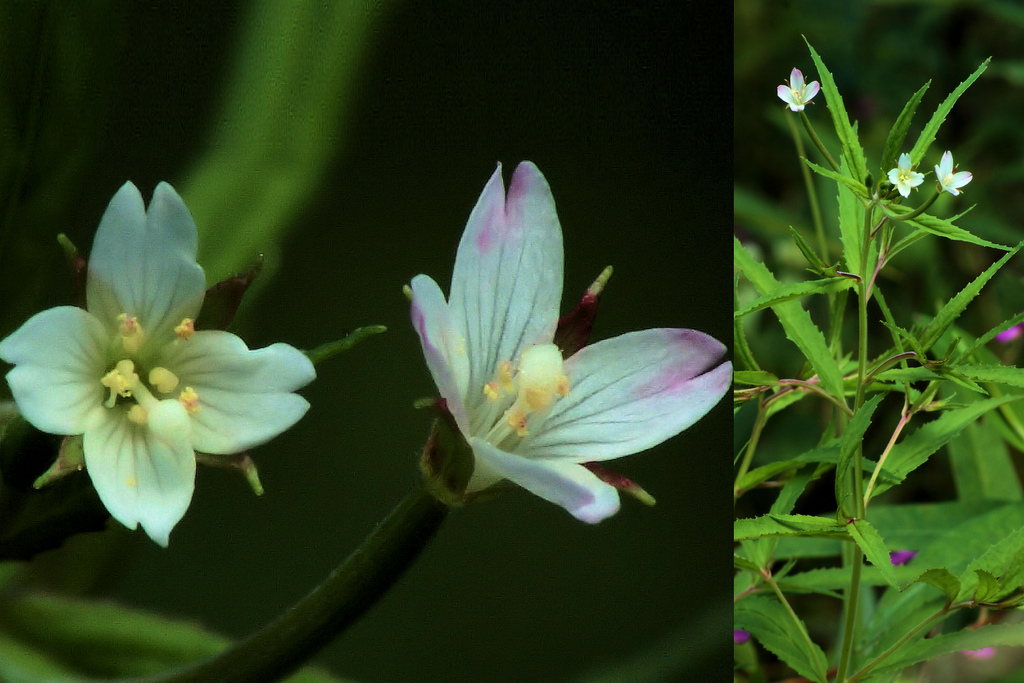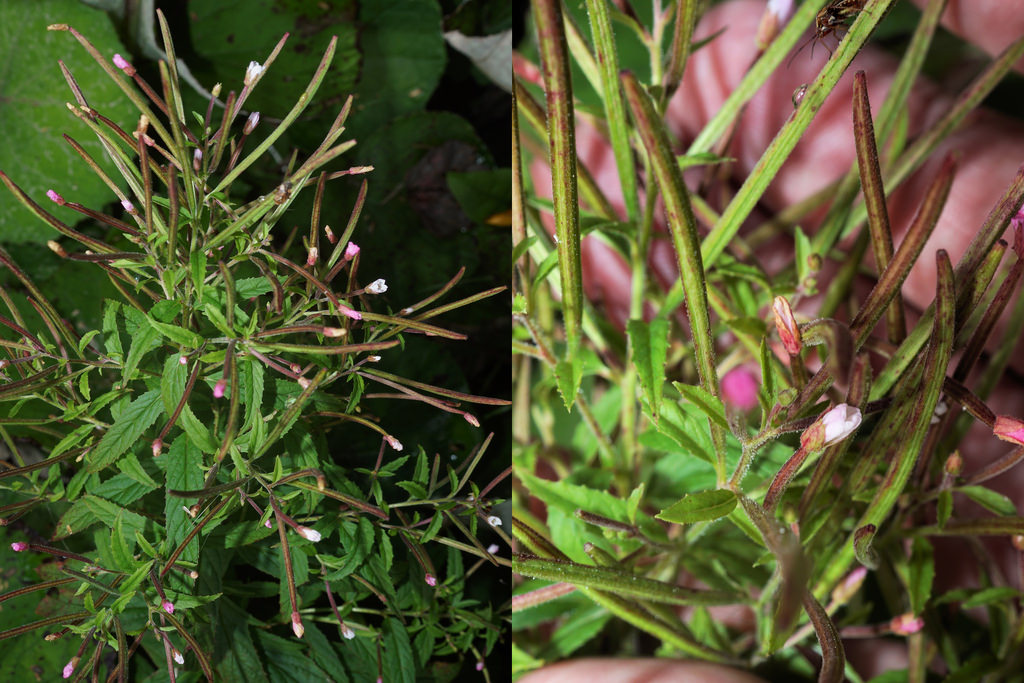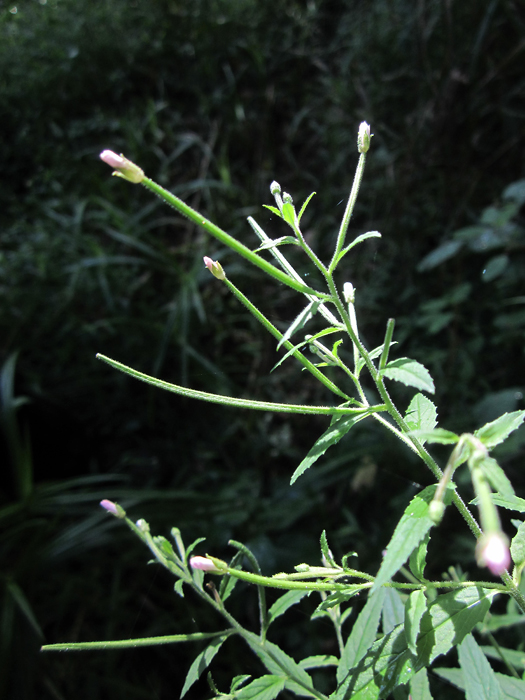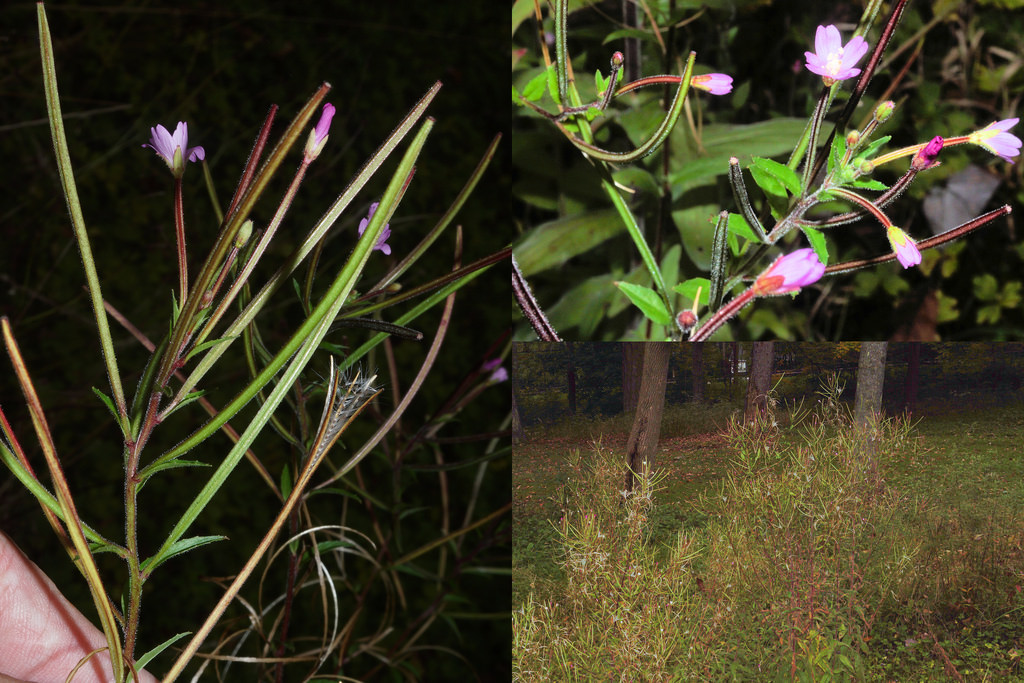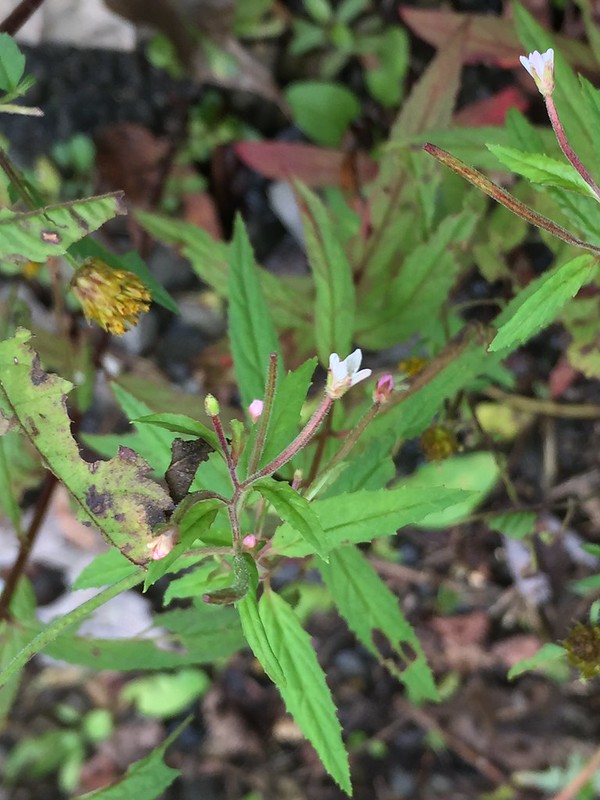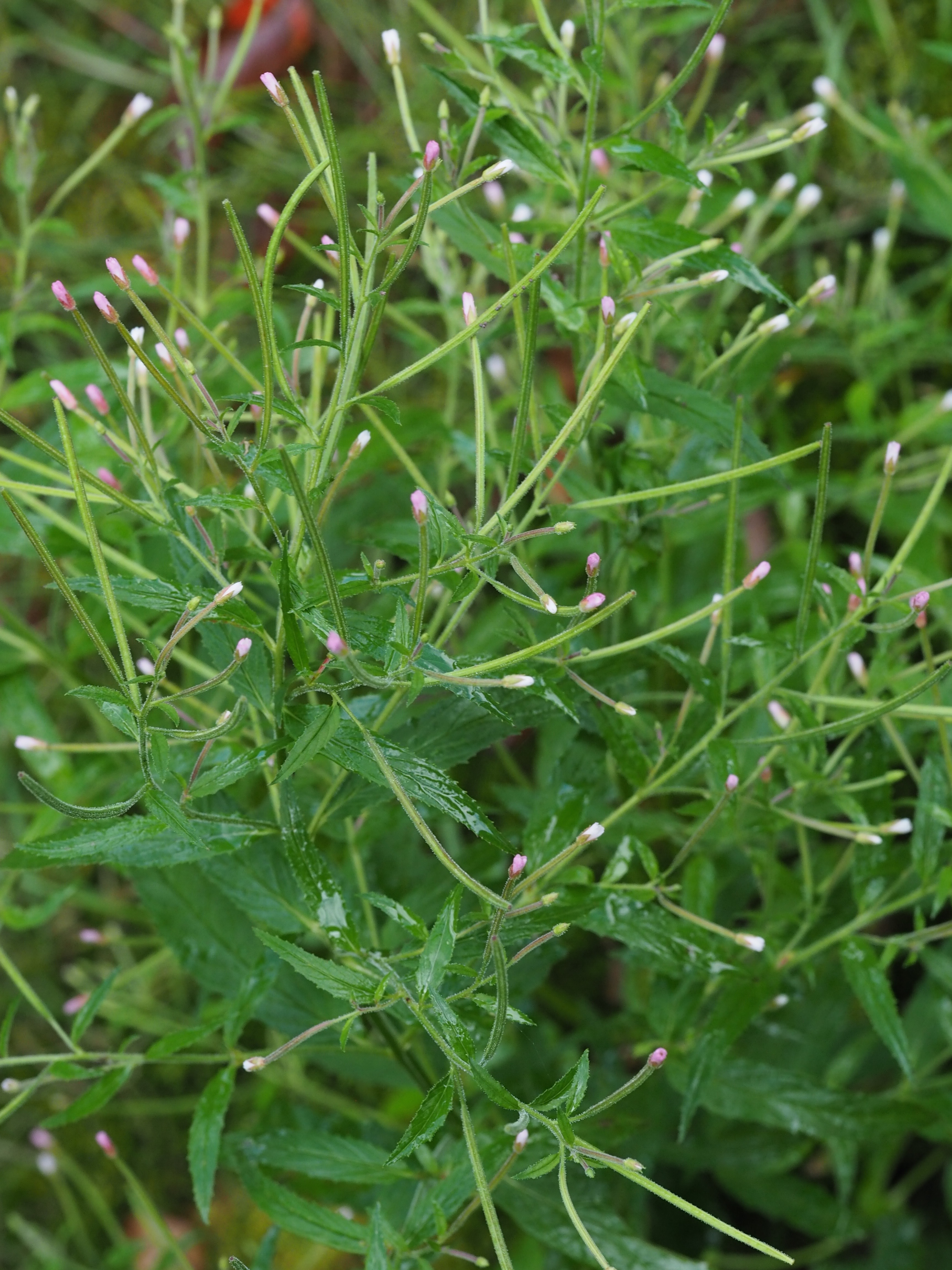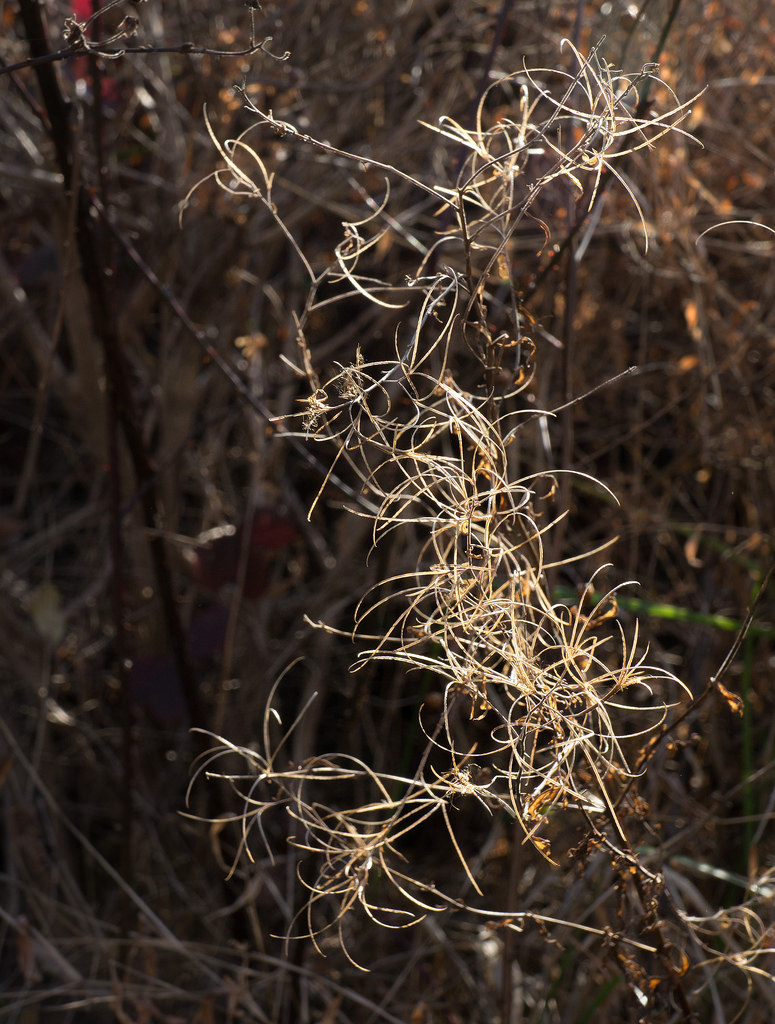Map Snapshot















104 Records
Seasonality Snapshot
Source: Wikipedia
| Epilobium coloratum | |
|---|---|

| |

| |
| Scientific classification | |
| Kingdom: | Plantae |
| Clade: | Tracheophytes |
| Clade: | Angiosperms |
| Clade: | Eudicots |
| Clade: | Rosids |
| Order: | Myrtales |
| Family: | Onagraceae |
| Genus: | Epilobium |
| Species: | E. coloratum
|
| Binomial name | |
| Epilobium coloratum | |
| Synonyms[3] | |
Epilobium coloratum, known by the common names purpleleaf willowherb[4] and cinnamon willow-herb,[5] is a species of flowering plant in the genus Epilobium of the willowherb family Onagraceae. This species is native to the Midwest and Eastern United States (excluding Mississippi and Florida), as well as the Canadian provinces of Ontario, Québec, New Brunswick, Nova Scotia, and Newfoundland. It is also native to the Dominican Republic and Haiti.
Description
[edit]Epilobium coloratum is a perennial, herbaceous plant that can reach 1.2 meters (4 feet) in height. Small flowers with 4 notched petals of white or light pink rest each at the end of a single short stalk[5] and generally bloom August to October.[6] Leaves are simple and opposite in arrangement with two leaves per node along the stem.[7]
Distribution and habitat
[edit]Epilobium coloratum is native to and present in the Midwest and Eastern United States (excluding Mississippi and Florida), as well as the Canadian provinces of Ontario, Québec, New Brunswick, Nova Scotia, and Newfoundland.[4] It is also native to the Dominican Republic and Haiti.[3]
Habitats include poorly-drained prairies; moist, wooded areas; bogs; marshes; and, edges of rivers and ponds. Occasional flooding is tolerated.[6]
Conservation
[edit]Epilobium coloratum is classified as LC (Least Concern) on the IUCN Red List.[1] NatureServe lists it as Secure (G5) worldwide and Critically Imperiled (S1) in Alabama, Oklahoma, Newfoundland, and Prince Edward Island; Imperiled (S2) in New Brunswick and Nova Scotia; and, Vulnerable (S3) in North Carolina, North Dakota, and Québec.[2]
References
[edit]- ^ a b Maiz-Tome, L. (2016). "Epilobium coloratum". IUCN Red List of Threatened Species. 2016: e.T64311341A67729401. doi:10.2305/IUCN.UK.2016-1.RLTS.T64311341A67729401.en. Retrieved 8 September 2020.
- ^ a b NatureServe (2 July 2021). "Epilobium coloratum - Purpleleaf Willowherb". NatureServe Explorer (explorer.natureserve.org). Arlington, Virginia: NatureServe. Retrieved 3 July 2021.
- ^ a b POWO (2021). "Epilobium coloratum". Plants of the World Online. Royal Botanic Gardens, Kew. Retrieved 5 September 2021.
- ^ a b NRCS (2014). "Epilobium coloratum". USDA PLANTS Database (plants.usda.gov). United States Department of Agriculture (USDA). Retrieved 5 September 2020.
- ^ a b Hilty, J. (2018). "Illinois Wildflowers:Cinnamon Willow-Herb". Retrieved 5 September 2020.
- ^ a b Reznicek, A. A.; Voss, E. G.; Walters, B. S., eds. (February 2011). "Epilobium coloratum". Michigan Flora Online. University of Michigan Herbarium. Retrieved 3 July 2021.
- ^ "Epilobium coloratum (eastern willow-herb): Go Botany". gobotany.nativeplanttrust.org. Retrieved 13 January 2022.

